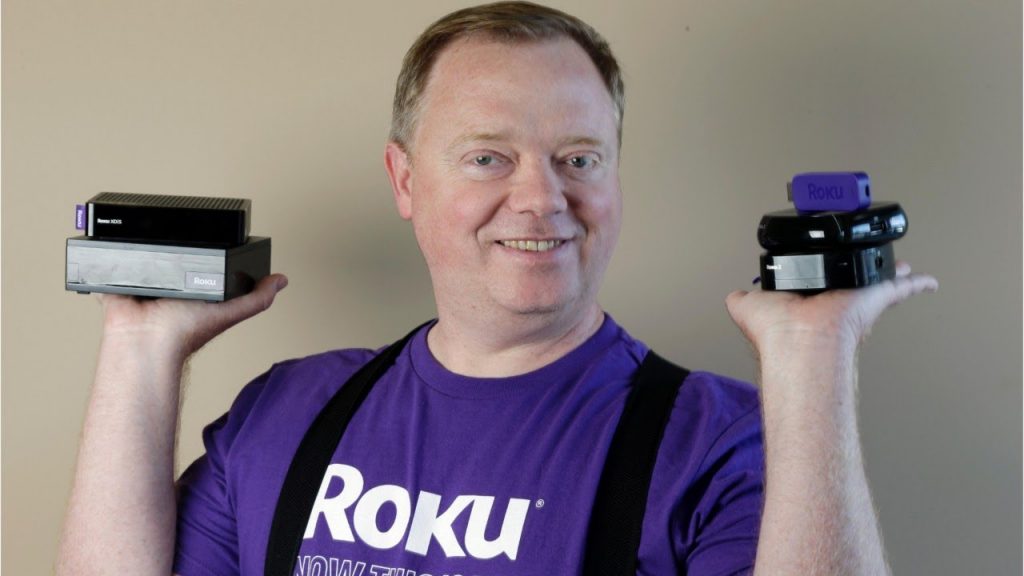
After more than 40 years of operation, DTVE is closing its doors and our website will no longer be updated daily. Thank you for all of your support.
80% of US households have at least one streaming device
 Streaming is undoubtedly in the mainstream in 2020, with more than three quarters of US households having internet-connected TV devices.
Streaming is undoubtedly in the mainstream in 2020, with more than three quarters of US households having internet-connected TV devices.
According to new stats from Leichtman Research Group, 80% of US TV households have at least one Internet-connected TV device. This includes the likes of connected Smart TVs, stand-alone streaming devices (such as Roku, Amazon Fire TV stick or set-top box, Chromecast, or Apple TV), connected video game systems, and/or connected Blu-ray players.
This is up from 74% in 2018, 57% in 2015 and 24% in 2010.
Almost two thirds of US households (64%) have three or more devices – with a mean of 4.1 devices per connected TV household. Some 58% of TV households have at least one connected Smart TV – up from 47% in 2018, 22% in 2015, and 8% in 2010 – while 56% of TV households have at least one stand-alone streaming device – up from 46% in 2018, 23% in 2015, and 3% in 2011.
Just shy of half (40%) of Americans watch video on a TV via a connected device daily. This is a drastic increase from 29% in 2018, 12% in 2015, and 1% in 2010. Older individuals use connected TV devices less often than others. Among all adults ages 55+, 18% watch video on a TV via a connected device daily – compared to 48% of ages 35-54 and 55% of ages 18-34.
A quarter of American adults watch video on a TV via a stand-alone device, 20% via an Internet-enabled Smart TV app, 11% via a connected game system, and 3% via a connected Blu-ray player
Bruce Leichtman, president and principal analyst for Leichtman Research Group, said: “The data in this study indicates that there are now nearly 400 million connected TV devices in US TV households. This is an increase from about 250 million connected TV devices in 2016. And these totals do not even include pay-TV set-top boxes that can be used to access content from the Internet.
“Along with this increase in the number of devices, the percent of adults in the U.S. using these connected devices to watch video on a TV each day has more than doubled – growing from 19% to 40% percent – in just the past four years.”


